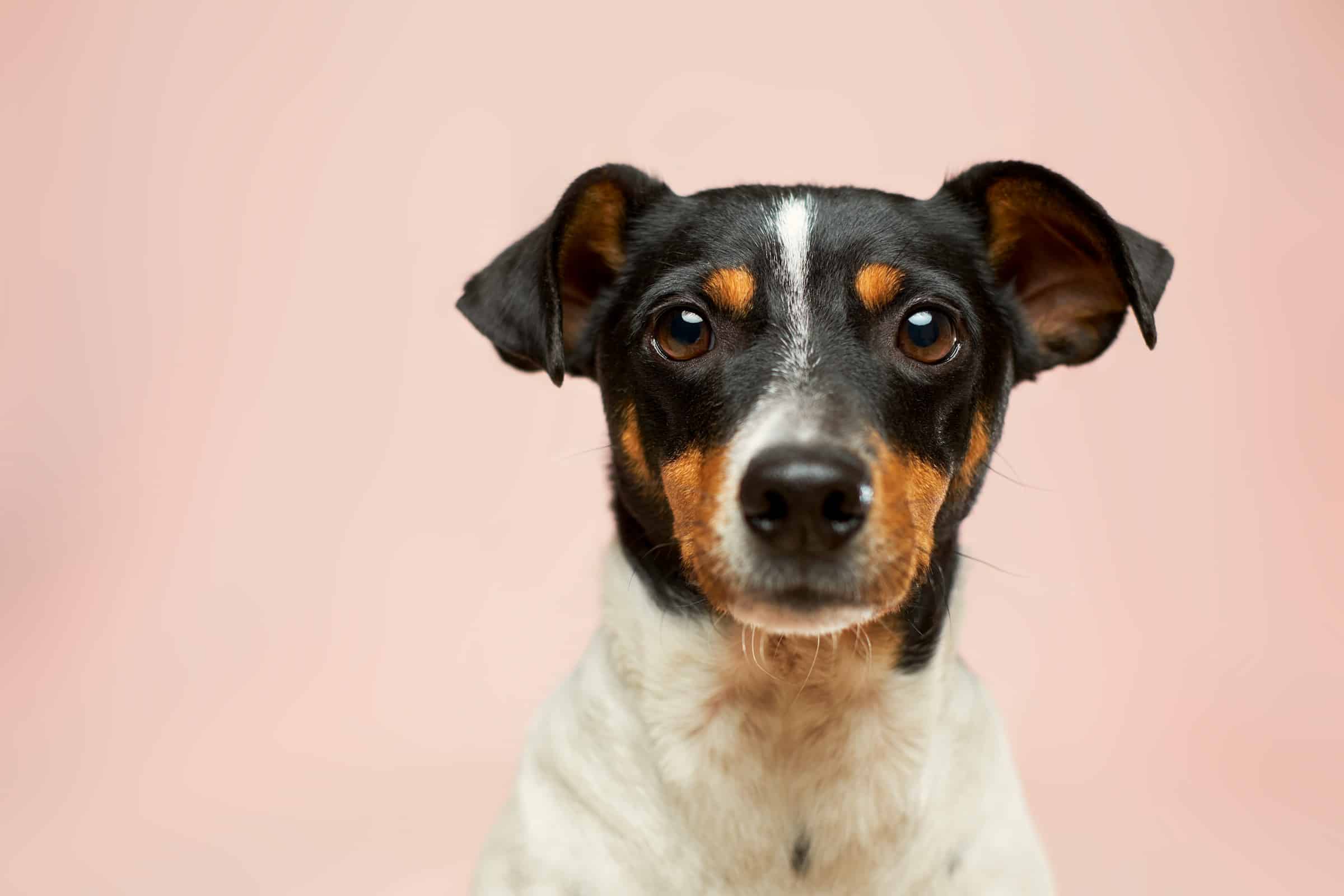Having a pet dog brings immense joy and companionship, but it also comes with responsibilities. One such responsibility is ensuring their comfort and safety during thunderstorms. Although it may seem puzzling, many dogs display a profound fear of thunder and lightning. This behavior is common among dogs and is often linked to the loud noise, the sudden change in atmospheric pressure, and the static electricity associated with thunderstorms. You may be asking, “How can I help my dog overcome its fear?” Let’s explore some strategies that will surely put your pet at ease during storms.
Understanding a Dog’s Fear of Thunderstorms
Before we delve into the methods of alleviating your dog’s anxiety during thunderstorms, it’s crucial to understand why dogs are afraid of these weather events. Thunderstorms are unpredictable, and their unpredictability can be unsettling for dogs.
Dans le meme genre : What Are the Best Supplements for a Dog Recovering from Surgery to Aid Healing?
The sound of thunder is loud and frightening, especially for a dog’s sensitive hearing. The noise triggers their innate fear response – a survival mechanism to protect them from potential threats. Dogs also sense the drop in atmospheric pressure that precedes a storm, causing them to feel unease.
Furthermore, dogs can experience static electricity during thunderstorms. This static can cause a tingling sensation on their fur and skin, which is unpleasant for them, intensifying their fear. Recognizing these factors can help you empathize with your pet and take the necessary steps to comfort them.
Dans le meme genre : How to Create an Interactive and Safe Outdoor Play Area for a Goldendoodle Puppy?
Desensitization and Counter-Conditioning
Desensitization and counter-conditioning are psychological methods used to help dogs overcome their fear of thunderstorms. The idea behind these techniques is to change your pet’s emotional response to the anxiety-inducing stimulus – in this case, thunderstorms.
Desensitization involves gradually exposing your dog to the sound of thunderstorms, starting at a low volume and gradually increasing it over time. This process allows your dog to become accustomed to the noise and reduces their fear response.
On the other hand, counter-conditioning equates the fear-inducing stimulus with something positive. You can, for instance, play the sound of thunder and give your dog a treat or play with them. Over time, your dog will associate the sound of thunder with positive experiences, reducing their fear.
Creating a Safe Space
Creating a safe space for your dog during thunderstorms can significantly alleviate their anxiety. Dogs often seek a safe haven where they can retreat when they feel threatened. This space could be a closet, a bathroom, or even under a bed – anywhere they feel secure.
The safe space should be comfy, dark, and quiet. Consider adding their favorite toys and blankets to the space. Also, allow your dog free access to this space even when there’s no storm, to ensure they associate it with comfort and safety.
Use of Thundershirts and Anxiety Wraps
Thundershirts and anxiety wraps are innovative solutions designed to comfort dogs during storms. These products work under the principle of “pressure therapy”. Just like swaddling a baby, wrapping your dog snugly applies constant pressure to their body, which can produce a calming effect.
Thundershirts are made of soft, stretchy material that wraps around your dog’s torso and applies gentle, constant pressure. This pressure has a soothing effect that can help alleviate anxiety during thunderstorms. Anxiety wraps work similarly, applying gentle pressure to acupressure points on your dog’s body, inducing a sense of calm.
Consultation with a Veterinary Behaviorist
If your dog’s fear of storms is particularly severe, causing extreme reactions like destructive behavior or self-harm, a consultation with a veterinary behaviorist is recommended.
Veterinary behaviorists are experts in pet behavior. They can diagnose the root cause of your dog’s fear and suggest personalized strategies to help them. In some cases, they might even prescribe medication to manage your dog’s anxiety during storms.
However, bear in mind that medication should be a last resort, used only when all other methods have proved ineffective.
Implementing these techniques requires time, patience, and consistency. But ultimately, they are worth it. These strategies will help your dog manage their fear of thunderstorms, leading to a happier, healthier pet. Remember, you are your dog’s primary source of comfort and safety, and your efforts to ease their anxiety will not go unnoticed.
Encouraging Body Language and Voice Tone
A dog’s response to storms might be influenced by the way their owner reacts to the situation. Dogs are incredibly adept at reading human body language and can often sense when we are anxious or stressed. If a dog perceives that their owner is nervous during a storm, they can mimic that behavior, exacerbating their own fear.
On the contrary, if a dog observes that their owner is calm and relaxed, they can also mirror this behavior. Therefore, it’s not just about what we do to make our dogs comfortable, but also how we behave during the storm. Maintaining a calm, positive demeanor can help soothe a scared dog and reduce their storm anxiety.
Speak to your dog in a soft, soothing voice. Avoid making a fuss when the storm hits, as this may reinforce your dog’s fear. Instead, act as if everything is normal. This can help your dog understand that storms are a regular part of life and there’s nothing to fear.
Engage with your dog during the storm. Play with them or give them a gentle massage, this will simultaneously distract them from the storm and help them to associate thunder with positive experiences.
Anti-Anxiety Medications and Natural Supplements
As a last resort, if behavior modification methods are not effective, anti-anxiety medications can be used to help a dog with severe storm phobia. However, it’s essential that you only use these medicines under the direction of a veterinary behaviorist or your regular vet.
Medications can be particularly beneficial for dogs that have panic attacks or exhibit destructive behaviors during storms. If your dog is only mildly scared of the storm, but can still function normally, then it’s best to try non-medical interventions first.
There are also some natural supplements available that can help to calm a dog during a storm. These include pheromone diffusers, oral calming supplements, and essential oils. However, just like medications, these should only be used under the guidance of a professional. Not all dogs will respond to these treatments, and some may even have adverse reactions.
Conclusion
Easing a dog’s fear of thunder and lightning is no small feat. It involves understanding why your dog is afraid, providing them with a safe space, using behavior modification techniques, and potentially consulting a veterinary behaviorist for severe cases.
Remember that every dog will react differently to these techniques. Some dogs may start showing improvements immediately, while others may require more time and patience. It’s important not to rush the process – consistent, gradual exposure over time is the key to helping your dog overcome their fear of storms.
In conclusion, if your dog is scared of thunder and lightning, it means they are experiencing real fear and anxiety. It’s your responsibility as an owner to recognize this and take the necessary steps to help them feel safe and secure. With time, patience, and the right approach, you can help your dog navigate their storm phobia and live a calmer, happier life.
No matter what, always remember that your presence and reassurance are the greatest comforts for your scared dog. Keep your behavior calm and positive during storms, as your dog will look to you for guidance. Together, you can brave any storm.
















